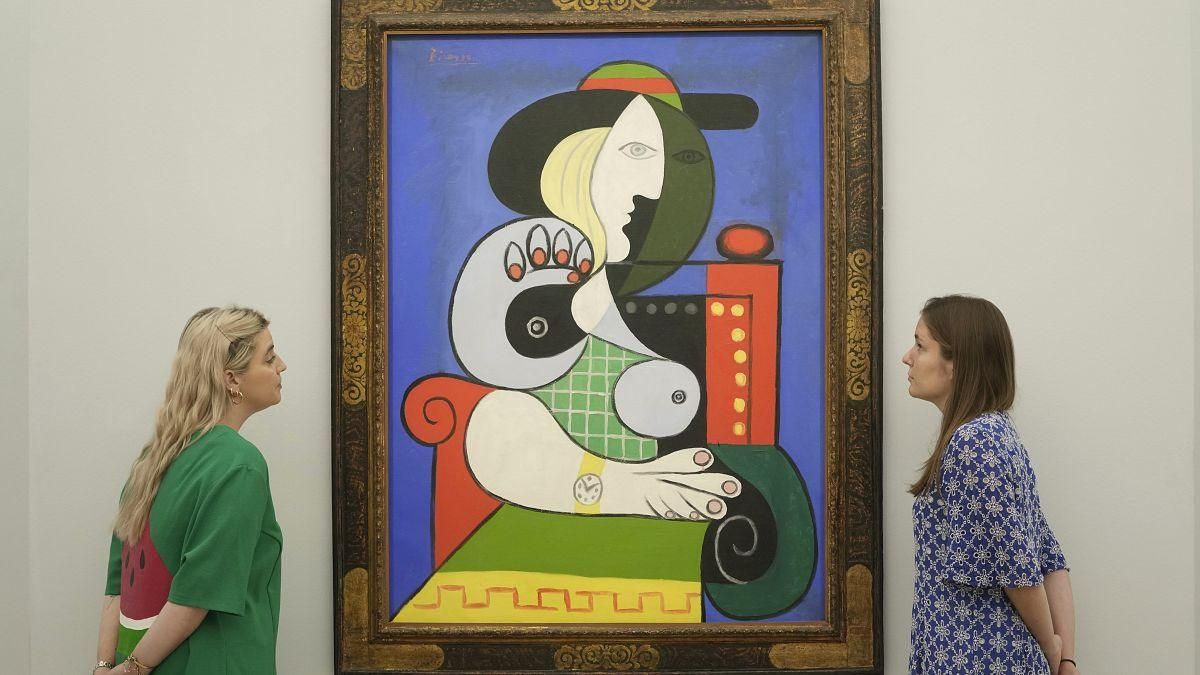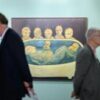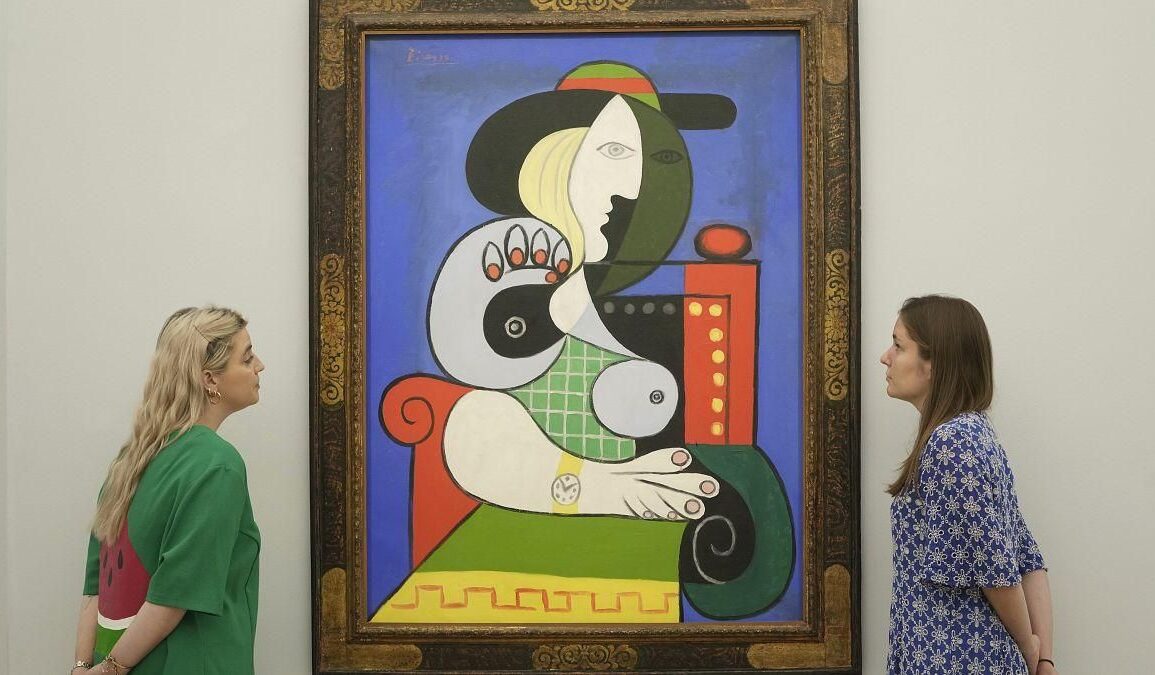
Record-breaking art auctions have been making headlines recently, as the art market appears to be flourishing like never before. Just last night, Christie’s held what can only be described as a sensational evening auction, featuring works from esteemed artists—including René Magritte and Ed Ruscha—fetching astonishing hammer prices.
The highlight of the evening was undoubtedly Magritte’s mesmerizing painting L’empire des lumières, originally painted in 1954. This masterful piece raked in a staggering $105 million, which, when including buyer’s fees, totals $121.1 million. This sale not only shattered the previous auction record for the artist but also reaffirmed the growing demand for surrealist works at auctions.
Hosted at Christie’s, the event amassed total sales of approximately $410 million, extending to around $460 million when fees were included. While Magritte’s piece was the star of the show, other artworks also commanded impressive amounts. For example, Ed Ruscha’s iconic work, Standard Station, Ten-Cent Western Being Torn in Half from 1964, sold for $59 million, making it another standout sale from the evening.
This high-profile auction was part of what Christie’s described as a “double-header,” showcasing both the private collection of Mica Ertegun and other prominent pieces of 20th-century art. The Ertegun collection alone brought forth $157 million with fees, indicating the collection’s high value among art collectors.
The evening began modestly, with smaller works like those by Fritz Glarner fetching around $80,000, yet it didn’t take long for the atmosphere to transform as bidders vied for Hockney’s more expensive pieces, which rapidly escalated. For example, Hockney’s Still Life on a Glass Table significantly outperformed expectations, selling for around $19 million.
Magritte’s influence was undeniably potent during the auction. The collection featured several of his works, including La Mémoire from 1945 and La cour d’amour from 1960, both of which performed exceedingly well, contributing to the overall successful night for Christie’s.
But it wasn’t all smooth sailing. Christie’s faced challenges during the auction with twelve lots failing to sell and three more withdrawn right before bids were placed. Despite this, the evening remarkably underscored the strength of the high-end art market. The demand, especially for established names, has been climbing, reflecting collectors’ willingness to invest significant amounts for quality pieces.
Art advisors and experts on the ground echoed similar sentiments following the auction, with one notable New York advisor expressing optimistic disbelief, saying, “I can’t believe there were this many lots still standing at the end.” This sentiment captures the unprecedented enthusiasm surrounding high-value art transactions.
What’s particularly interesting is how this renewed excitement correlates with shifting market dynamics. Global economic factors, pandemic-related buying fervor, and low interest rates are just some of the influences pushing collectors to invest more aggressively. Auctions are not merely venues for sales; they are also becoming platforms for flashing social status and deep personal passion for art.
One of the intriguing aspects of this significant auction was the evident competition among bidders—this tension adds another layer to the electric atmosphere of live auctions, showcasing not only the financial stakes but also the personal connections investors have with the art.
Interestingly, as the evening progressed, the bid increments leapt from several hundred thousand to several million dollars, indicative of serious players within the market. Magritte’s painting, after starting at $92 million, escalated with breathtaking speed, highlighting the intensity of bidding wars for top-tier art pieces.
Following the auction, the art world is buzzing in anticipation of upcoming events, including Sotheby’s major contemporary sales scheduled immediately after Christie’s auction. This speaks to the flourishing nature of the art market, which seems to be defying broader economic concerns.
With both Christie’s and Sotheby’s pushing out record figures, what does this trend suggest about the future of art auctions? Will the market keep climbing, or are we witnessing the precipice of adjustment? Only future auctions will reveal these answers as collectors and enthusiasts alike keep their eyes open for the next big bidding war.
Art, after all, is not merely crowd-pleasing walls adorned with brush strokes—it encapsulates human emotions, societal narratives, and fades of history captured within frames. These record-breaking auction sales only add more exciting chapters to the continuously growing story of art. We’re just getting started!
This post was originally published on this site be sure to check out more of their content








